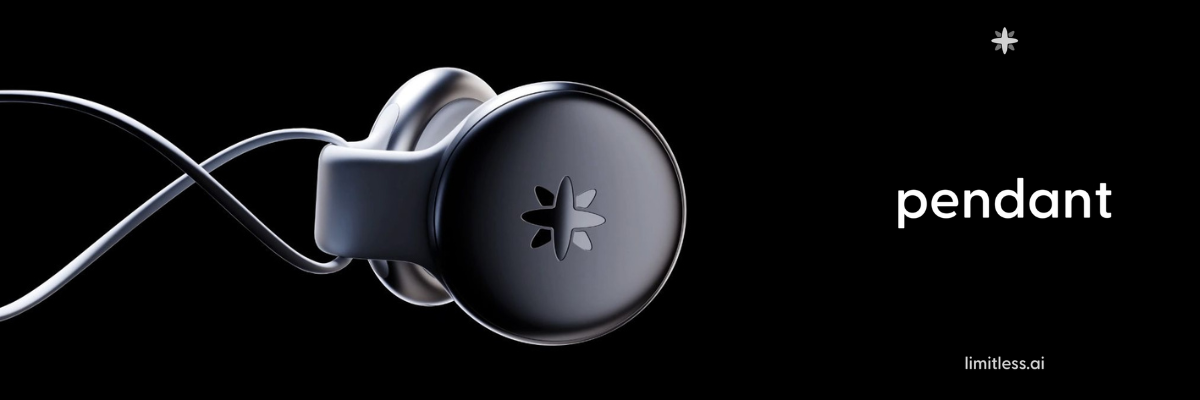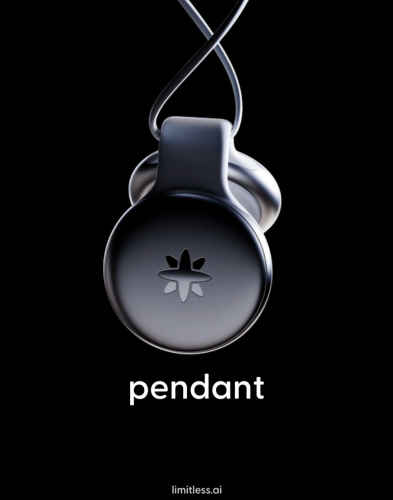Linux vendors are getting into Ubuntu – and Snap • The Register

Ubuntu Summit More than one Linux-adjacent vendor presented at the Ubuntu Summit, and a small but recurring theme is offering official Snap packages.
Aside from relatively closed platforms such as ChromeOS and ChromeOS Flex, Ubuntu is the closest thing that the Linux world has to an industry standard – and Ubuntu is committed to its snap packaging format. At last week’s Ubuntu Summit 25.10 at Canonical’s London HQ, one thing from the event program struck us: several independent companies talking about how working with Canonical on Ubuntu support made life easier. Notably, this included talking about creating snap packages of their apps to simplify distribution.
One such talk was Shooting for the Moonray, by Randy Packer from DreamWorks Animation. Another was Snapping Privacy into Place: Proton’s GPL‑Powered Journey with Ubuntu by Proton VPN CTO Samuele Kaplun.
And, of course, the dreaded “AI” was unavoidable. Here, too, vendors are buddying up with Canonical. Google and Nvidia cooperated on Optimizing AI Workloads with Ubuntu AI images. Nvidia’s Raffaello Bonghi talked about Building Smart Robots with Nvidia’s Open Platforms for Training, Simulation, and Deployment. Qualcomm was there to talk about how cooperating with Canonical in moving development upstream helped deliver Developer ready Ubuntu on Qualcomm IoT Platforms. (We came away clutching a RUBIK Pi 3 SBC which we may return to review if we can find some non-AI use for the thing.)
Also in the realm of automated plagiarism engines, earlier this year, The Register reported on Alibaba’s Qwen LLMs. Some of these are available as FOSS, and Canonical’s Edoardo Barbieri and Farshid Tavakolizadeh talked about deploying them quickly via Inference Snaps.
As DreamWorks’ Randy Packer put it, the company makes movies, not software. That’s why it made its Moonray MCRT renderer free and open source. (MCRT is Monte Carlo Ray Tracing, although its about page talks about Monte Carlo Path Tracing, the exact sort of rendering that Bolt Graphics’ Zeus GPUs are intended to accelerate.)
As we wrote after a talk at last year’s Summit, at an Ubuntu event we weren’t expecting to see a slide showing that Rocky Linux had some 80 percent of the Linux market in visual effects. Packer said that Moonray “was only designed to build and run on Rocky.” The snap isn’t available just yet, but once it is, the easy way to run Moonray on anything else will be to install the snap.
It’s very hard to get any hard numbers for Linux distribution usage. In 2023, when Debian celebrated its 30th anniversary, we looked at some estimated figures, which suggested that the Debian family has about five times as many users as the Red Hat family. Of Debian’s share, some two-thirds are using Ubuntu variants. In China, one of the biggest players, Kylin, is also based on Ubuntu.
In general, happy people don’t complain. Those with the loudest voices are those who are unhappy or angry about something. From the many comments and posts in various internet communities, it’s easy to get the impression that Ubuntu and its snap format are widely hated – but we suspect that’s not really the case. Ubuntu (including variants and spin-offs such as Linux Mint and Zorin OS) represent the default option for most people running Linux. It’s 12 years since Mark Shuttleworth closed Ubuntu Bug #1 – which was that Microsoft dominated the OS market.
Linux really is getting there, but as we’ve said before, the hard core will continue to maintain it’s the wrong kind of Linux.
As much as any Linux does, Ubuntu just works. Talking to Canonical executives at the event, the company informally estimates that the Snap Store has in the region of ten times the traffic levels shown by Flathub’s public statistics – but they could not give us any publicly available information to back this up.
It’s noticeable that there are no official snaps for some of the big-name Linux freeware apps, such as Google Chrome, or Microsoft’s Edge or VS Code. On the other hand, Google and Microsoft already produce native .deb packages and run repositories from which the OS can retrieve updates. There is an unofficial Steam client snap, but Valve too offers an official native package, and we’ve read that because it avoids snap’s sandboxing, this works better.
The Steam client is a significant tool these days: the latest stats from the ProtonDB games database suggests that as we approach the end of 2025, Windows Games’ Compatibility on Linux Is at an All-Time High:
Adding up all the variants on the September Steam Hardware and Software Survey suggests about 20 percent of users are on some form of Ubuntu-based OS. Not bad, when the official hardware – and devices such as the Lenovo Legion Go S – run an Arch-based distribution.
This year’s summit lasted two days, and videos of both the Day 1 livestream and Day 2 livestream are now on Youtube. ®











